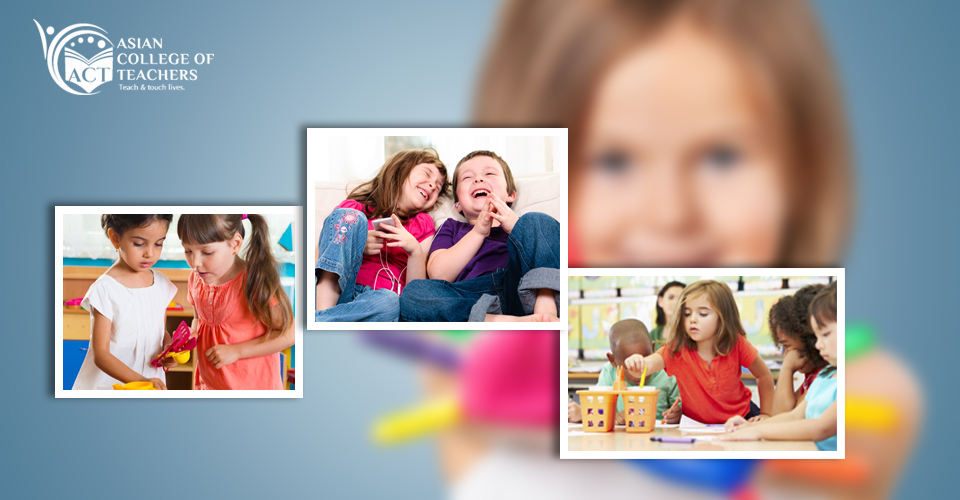Using Art for Special Children
17th January 2018

It is important to remember that children with special needs are not students who are unable to learn, rather, they need differentiated instruction tailored to their distinctive learning abilities.
Have you as a special needs early year’s teacher been trained to use Art to enhance learning and influence the children with special needs in the educational environment?
Definitely yes!
Art makes a difference:
Using art activities in a special needs classroom can help the students learn how to better communicate their emotions. It also is a way for them to have control over their environment. Art projects give them the chance to explore their wants, needs and feelings in a unique and creative way.
Using art projects to inspire their artistic expression provides a place for them to interpret their emotions and it can be a very therapeutic process. Using items or materials such as modelling clay, beads, yarn and dough are very therapeutic for children with special needs which further enhance their hand-eye coordination and motor skills.
Tips for creating art lessons for special needs students:
- Be flexible with your learners.
- Gear lessons towards the development of the students’ abilities.
- Use materials that stimulate the students' senses.
- Build a step-by-step plan for them.
A teacher with a specialization for teaching, guiding and supporting children with special needs, firstly and fore mostly, are required to understand the psychology of the same. With the flexible option of pursing a formal online course, one can train in the child psychology courses online to acquire the similar skills that are imparted through the in-class training. Child psychologists are trained to provide and plan creative activities keeping in mind the overall development of the child with special needs.
Here are some ways how art activities can support the development of the child with special needs:
Physical Development
When the special needs early year’s teacher offer art activities to children or young learners, they are supporting the holistic development of these young learners. Using crayons, markers, and paintbrushes helps children improvise on their fine motor control skills which help in their physical development.
Social Development
When special needs children work together, they learn to share, to interact with others, to be responsible for clean up, and to put materials away. These are positive and important changes for social learning.
Emotional Development
Through creative art, children are encouraged to represent experiences that they cannot express verbally. Children’s active imaginations can take form through art, honing their emotional growth. When we value children’s creativity, we help them feel valued as individuals and humans which enables to raise their self-esteem.
Cognitive Development
Young children can learn the names of colours and shapes through creative art activities. They find out what happens when they mix two primary colours together and get a secondary colour. Sending children outside to carefully examine a tree, feel its bark, and study the shape and colour of its leaves, and then asking them to draw or paint trees helps them develop observational skills.








